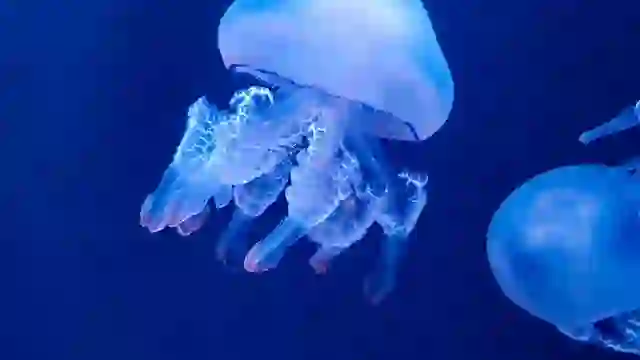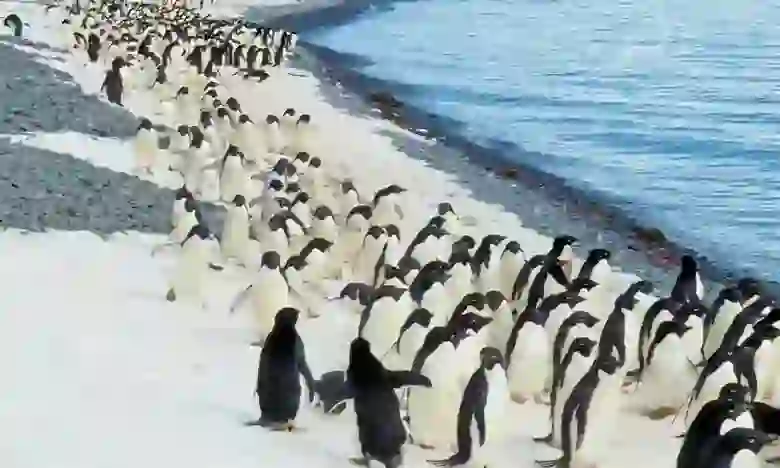
Starfish
Starfish
Starfish
The starfish is a marine creature characterized by its star-like shape. Due to its cute appearance, it is a familiar creature, popular in aquariums where visitors can touch marine animals. However, since they are not often seen moving, some people might wonder, 'Are starfish really alive? Are they shells? Animals? Fish? What kind of creatures are they?' Let's delve into the ecology of starfish.
Starfish Basic Infomation
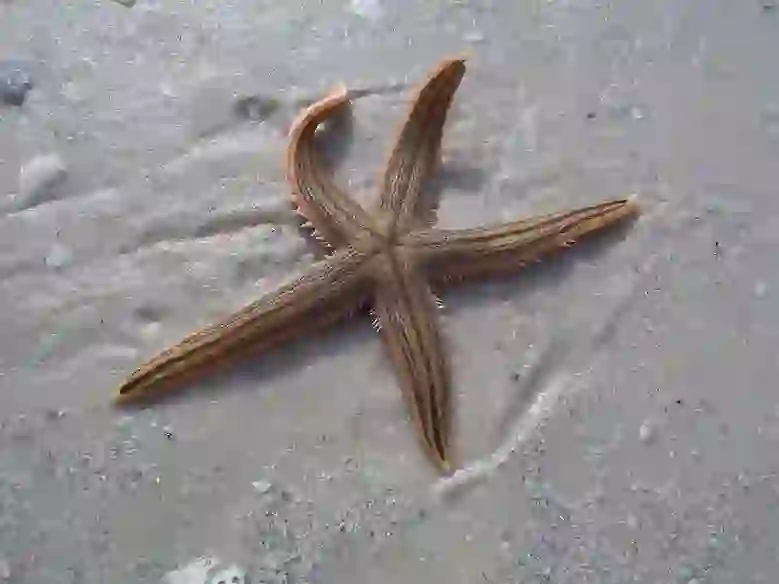
〜Basic Information〜
Phylum: Echinodermata, Class: Asteroidea Length: 1cm-37cm, Weight: up to 5kg Starfish, belonging to the class Asteroidea within the phylum Echinodermata, are characterized by their star-like shape. Echinoderms are a group that includes sea urchins and sea cucumbers, and starfish typically have five identical structures arranged around a central axis. However, some have 10, 20, or even 40 arms. There are about 2,000 species of starfish worldwide, with about 300 species found in the seas around Japan. They inhabit a range of environments from the intertidal zone to the deep sea, and from warm to very cold seas. Starfish have five arms radiating from a central disc, and like other echinoderms, they exhibit pentaradial symmetry. Their mouth is located on the underside, with a groove called the ambulacral groove extending towards the arm tips, lined with numerous tube feet equipped with suction cups. Starfish use these tube feet to crawl over stones on the seabed.
Starfish Q&A

What is the origin of the name 'Starfish'?
As the name suggests, starfish have five arms extending from a central disc, resembling a human hand. Until the Edo period, they were also called 'Momijigai' (Maple Shell). Their star-like shape has earned them the name 'Starfish' or 'Sea Stars' overseas. Some species of starfish can evert their stomachs to engulf and digest their prey, similar to how a hand captures prey.
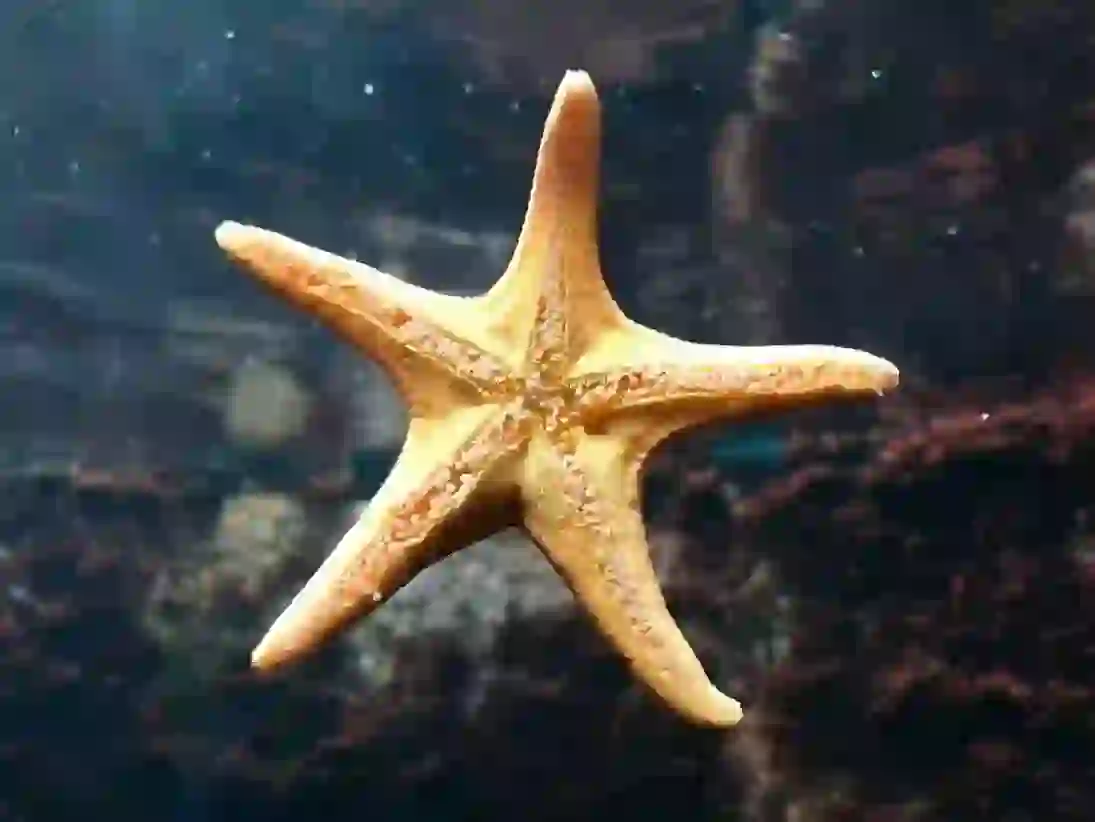
Why do starfish live where they do?
Starfish can live in various environments, from shallow waters to the deep sea, and in both cold and warm seas. They are adaptable and can survive in diverse conditions due to their ability to withstand both cold and heat, and their omnivorous diet.
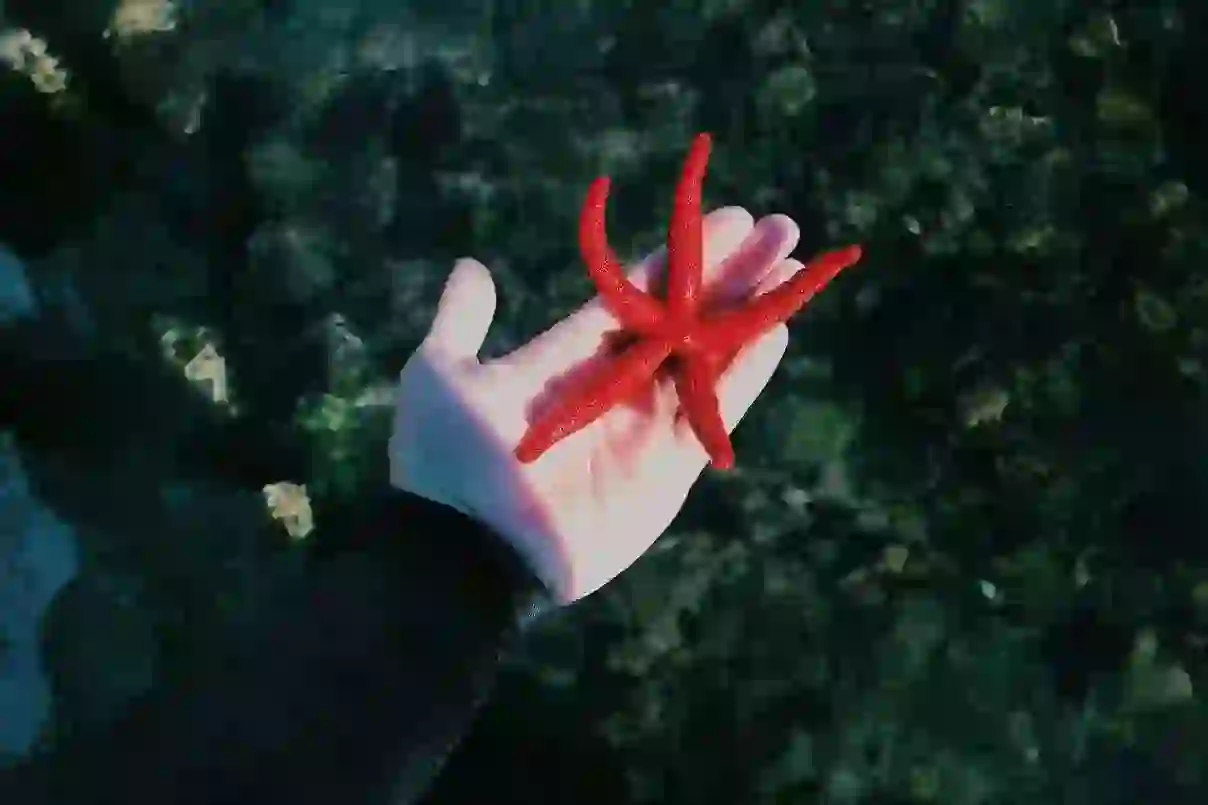
What do starfish eat?
Starfish mainly feed on benthic organisms such as shellfish, crustaceans, polychaete worms, and fish. They particularly favor bivalves and snails. They use their tube feet to grasp bivalves, bend their bodies to lift them from the sand, and then use their strong tube feet to pry open the shells and consume the soft tissues inside. When capturing prey, starfish can evert their stomachs through their mouths, located in the central disc on the underside, to envelop and digest the prey externally, then absorb the liquefied nutrients.
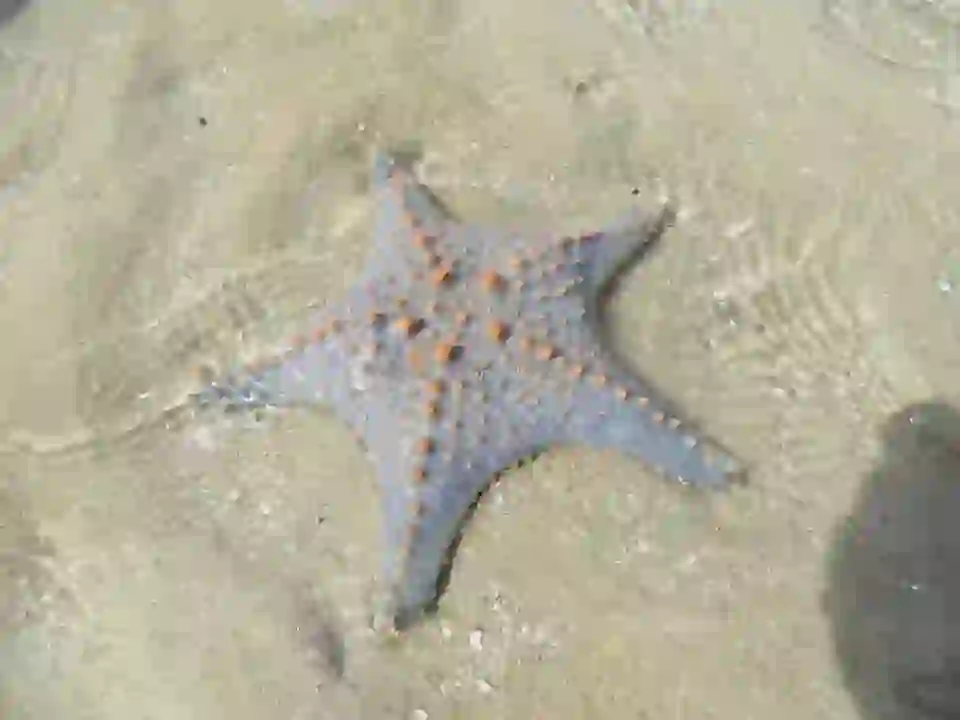
Why do starfish have a star shape?
Most starfish have five or more arms, which they use to crawl along the seabed. Echinoderms, including sea urchins, starfish, and sea cucumbers, are characterized by their pentaradial symmetry, with a basic body plan resembling a regular pentagon. The reason for their star shape is not entirely clear, but it is thought that this shape allows for easier movement and survival in their environment.
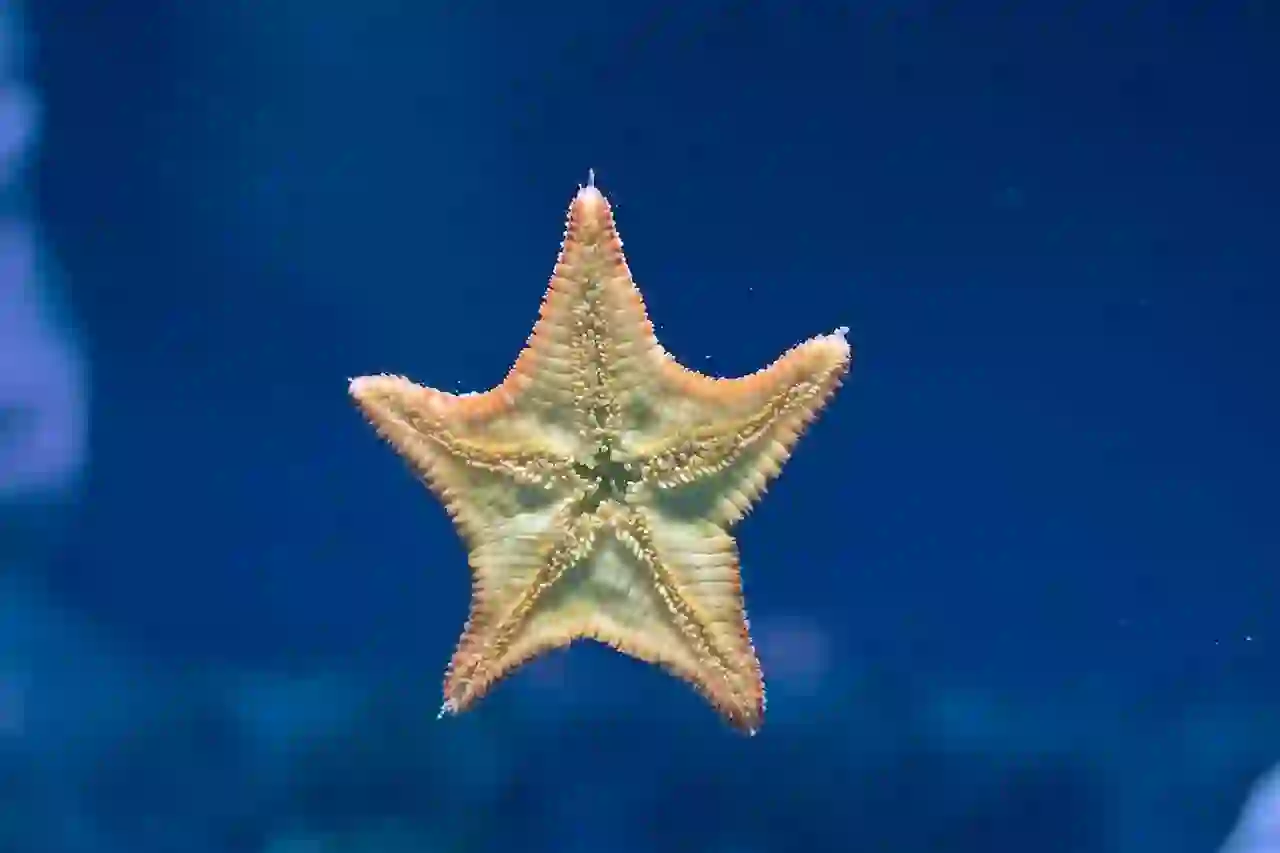
Where is the starfish's anus?
With their mouth located on the underside, where is the starfish's anus? The anus is a small opening on the dorsal side, but most starfish expel waste through their mouths.
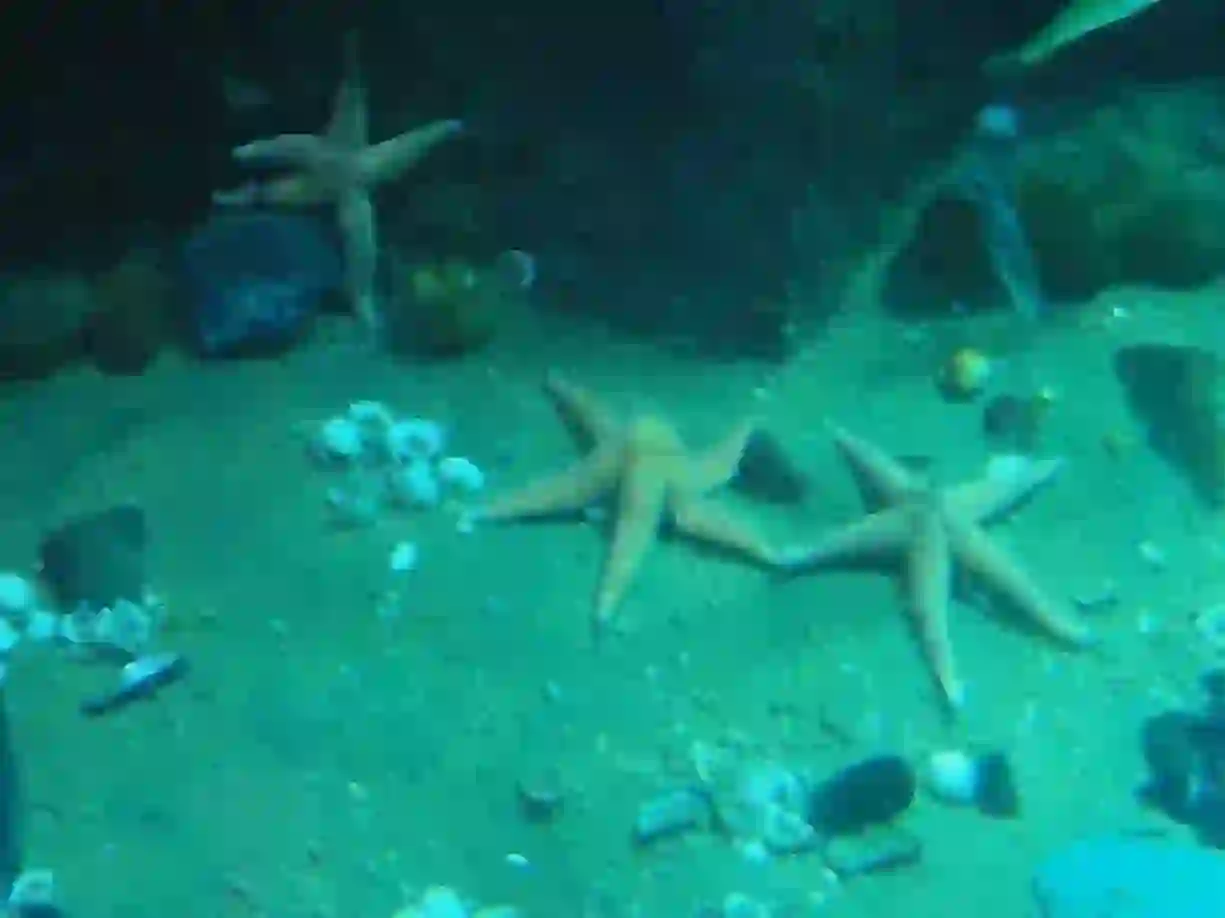
Where are the starfish's gills?
Starfish, being marine animals, must have gills. Their gills are located between the ossicles on the dorsal side. Echinoderms are characterized by their spines and internal skeleton of ossicles, and starfish maintain their body shape with numerous ossicles, leaving space for flexible movement in their arms. Gills called papulae extend from between the ossicles on the dorsal side, facilitating respiration.
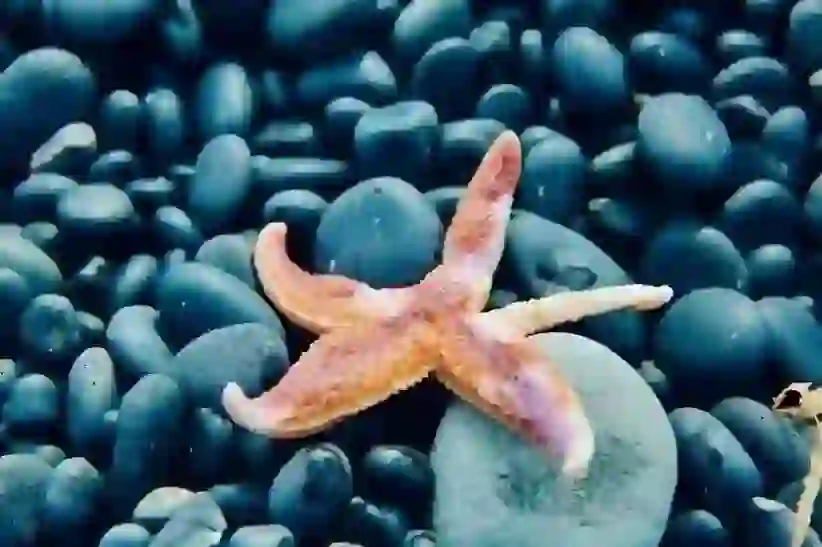
Where are the starfish's eyes?
At the tips of their arms, starfish have tube feet functioning as antennae and eyes. However, these eyes are simple and can only detect light. They are thought to use light and smell to locate food.
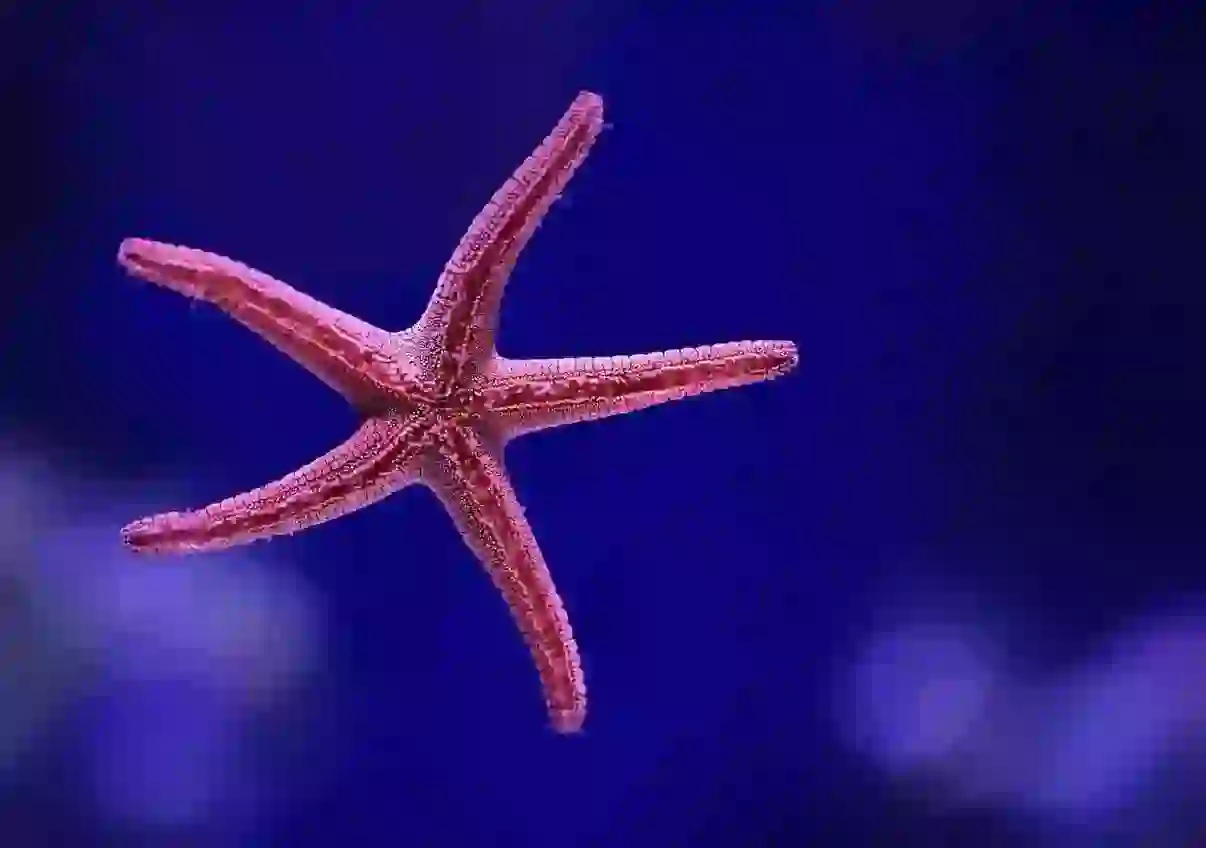
Do starfish have poison?
Starfish possess a toxin called saponin within their bodies, which is harmless upon touch. However, when a starfish dies, saponin is released into the water, posing a danger to other organisms due to its ability to damage cell membranes. Saponin can harm the gills of other aquatic animals, potentially causing death. The crown-of-thorns starfish, in particular, is covered with venomous spines and poses a significant threat to coral reefs.
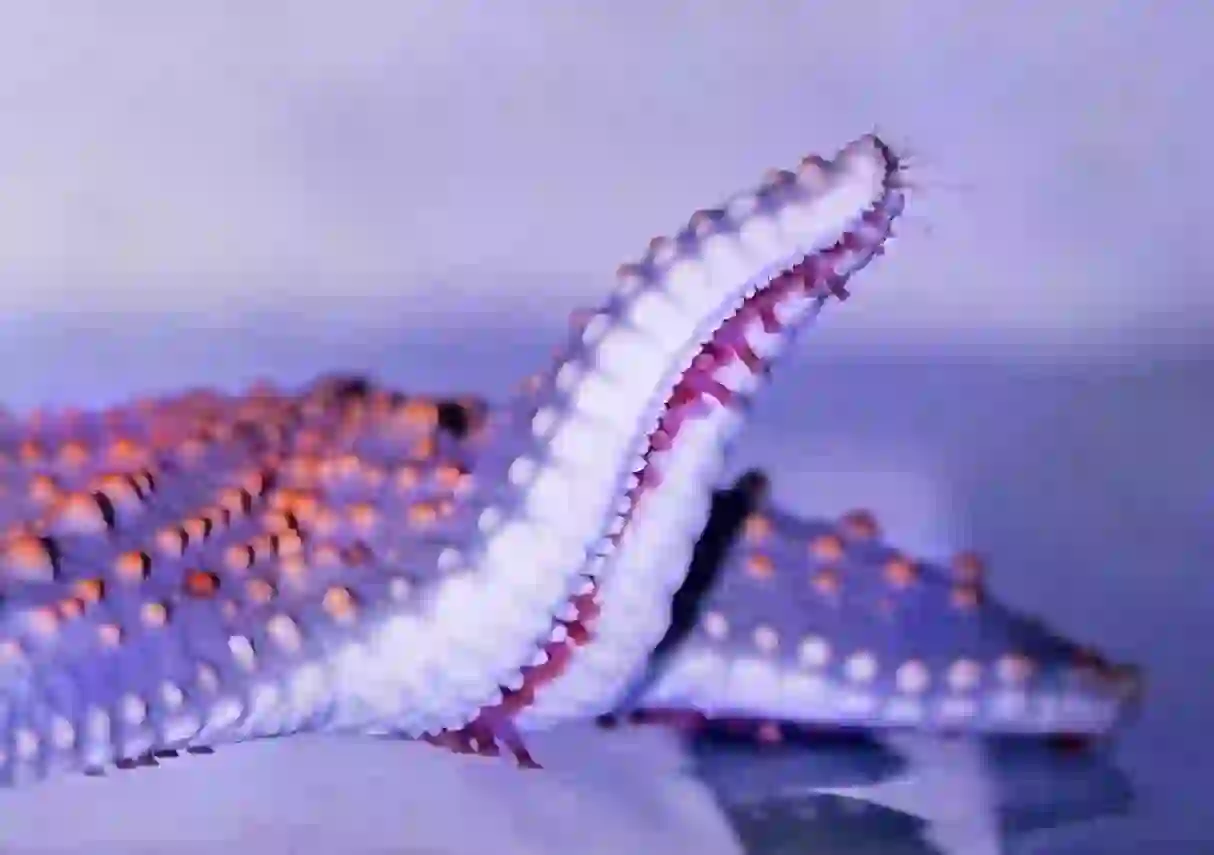
Is the crown-of-thorns starfish a villain?
While the crown-of-thorns starfish is known for consuming coral, its feeding on fast-growing coral species like Acropora can prevent these corals from overshadowing other coral species. This balance helps maintain coral reef biodiversity. However, if Acropora is depleted, crown-of-thorns starfish may switch to other coral species, impacting the entire reef ecosystem.
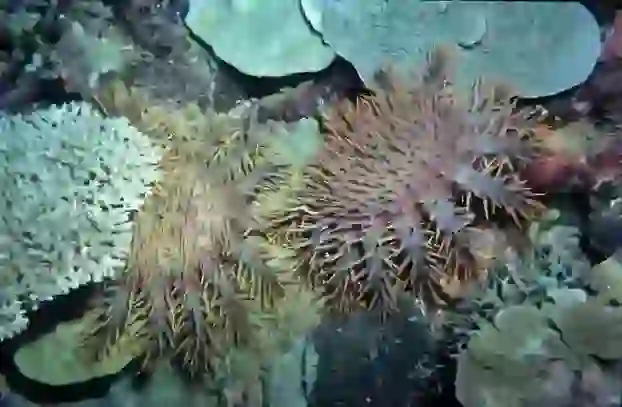
What is the lifespan of a starfish?
The lifespan of starfish varies greatly among individuals. They can live for several years in captivity and are believed to live 5-10 years in the wild. Larger species may live for 30-40 years.

Do starfish split?
Starfish can regenerate lost limbs and sometimes split their bodies. Their bodies are composed of tiny ossicles connected by catch connective tissue, allowing them to change shape and split. As long as the central disc remains, they can regenerate lost limbs.
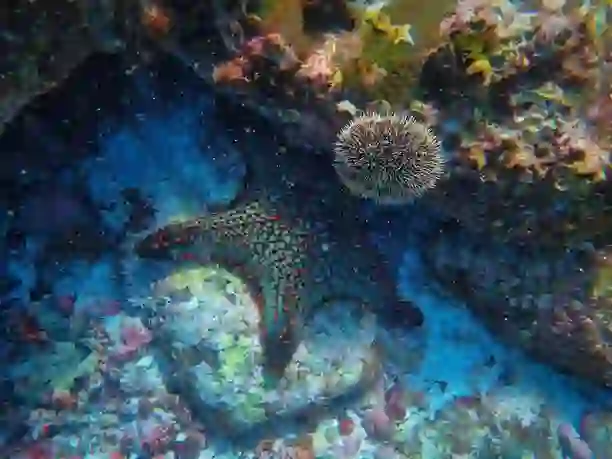
When do starfish split?
Some starfish can split for two main reasons: to escape predators and to reproduce asexually. They can detach their arms, which can regenerate into new individuals. Some species can regenerate from parts of detached arms.
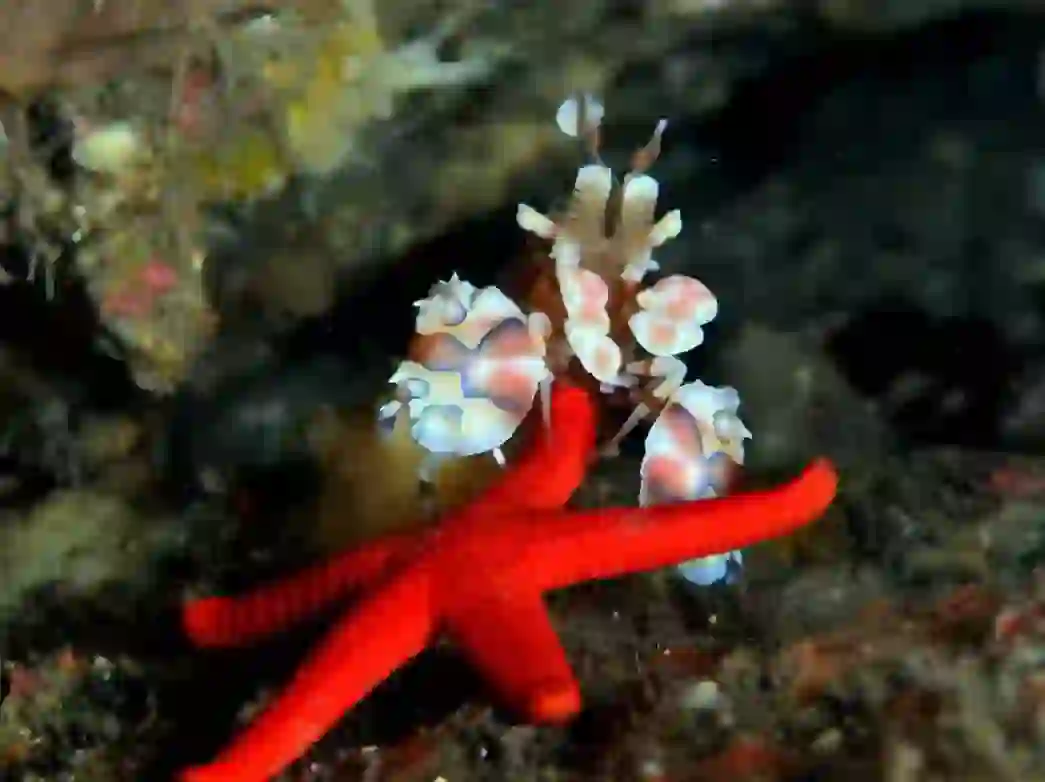
What are the predators of starfish?
Starfish are resilient due to their ability to regenerate and the toxins within their bodies, making them less likely to be prey. However, certain species, like the harlequin shrimp and triton's trumpet, specifically target starfish.
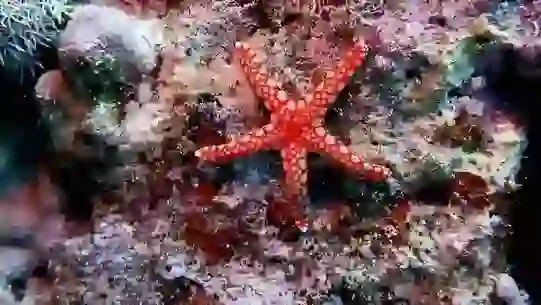
Do starfish have blood?
Starfish lack blood and brains. Instead, they have a water vascular system that circulates seawater throughout their bodies, facilitating movement, respiration, and circulation, effectively replacing the function of blood.
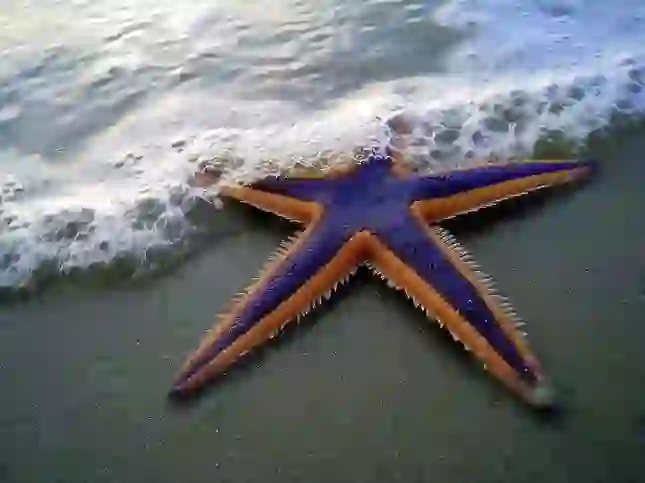
How fast can starfish move?
Starfish are not typically seen as fast movers, but research has reported a top speed of 90 meters per hour. The crown-of-thorns starfish can move at 13 meters per hour. Although starfish are usually slow, they might speed up when chasing food.
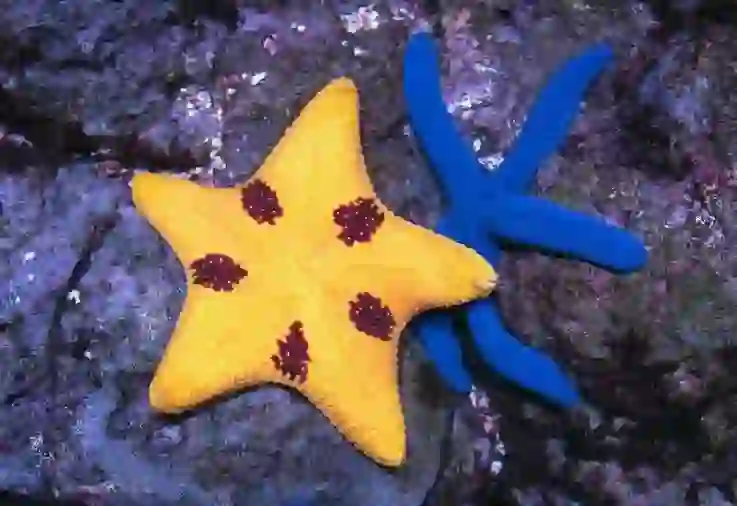
Do starfish have sexes?
Starfish have distinct sexes, but they are difficult to differentiate by appearance. Dissection is required to determine their sex; ovaries indicate a female, and testes indicate a male. Some species lack sexual differentiation.
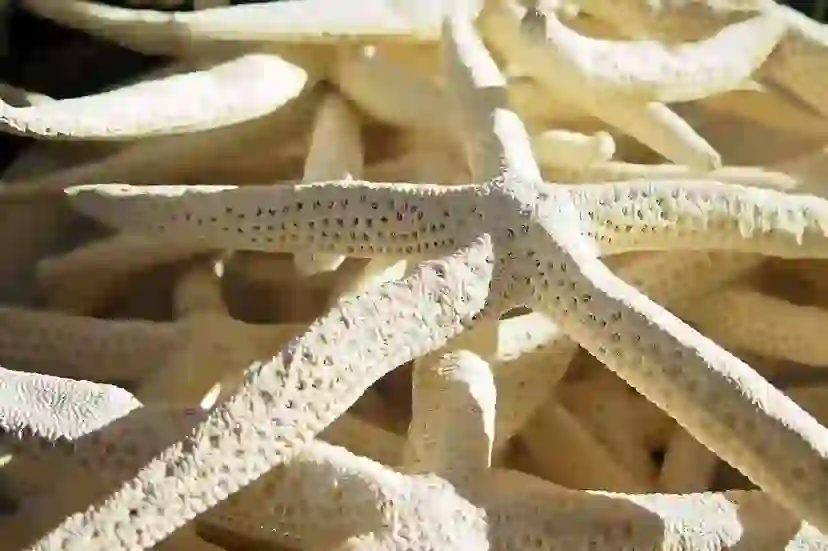
What are the largest and smallest species of starfish?
The smallest starfish is the dwarf cushion star, about 0.2cm in size, smaller than a coin. The largest starfish is the sunflower star, measuring up to 68cm from arm tip to arm tip.

Are there cosmetics made from starfish?
Starfish have remarkable regenerative abilities, capable of regrowing from just a central disc and one arm. Extracts from their coelomic fluid are said to have skin-firming properties surpassing retinol, making them a popular ingredient in anti-aging cosmetics.

Can starfish be used as fertilizer?
Historically, dried starfish have been used as fertilizer. The saponin toxin they contain is also found in plants and Chinese herbal medicine. Rich in calcium, starfish also have insect-repelling properties, making them suitable for use as fertilizer.

Can starfish be eaten?
Although starfish may not look appetizing, they are consumed in some countries, including China. In Japan, they are eaten in certain regions of Amakusa, Kumamoto Prefecture. Starfish are typically eaten from winter to early summer when their ovaries are large. Their flavor is said to resemble the sweetness of sea urchins. However, due to the high saponin content, eating them raw can cause bitterness and a numbing sensation, so caution is advised.

Would you like to become a part of the 'Animalbook.jp'?
Turn your knowledge into Q&A and share it with the world. ※Publication will be activated after purchase. Let's share information together!
Starfish Type of List
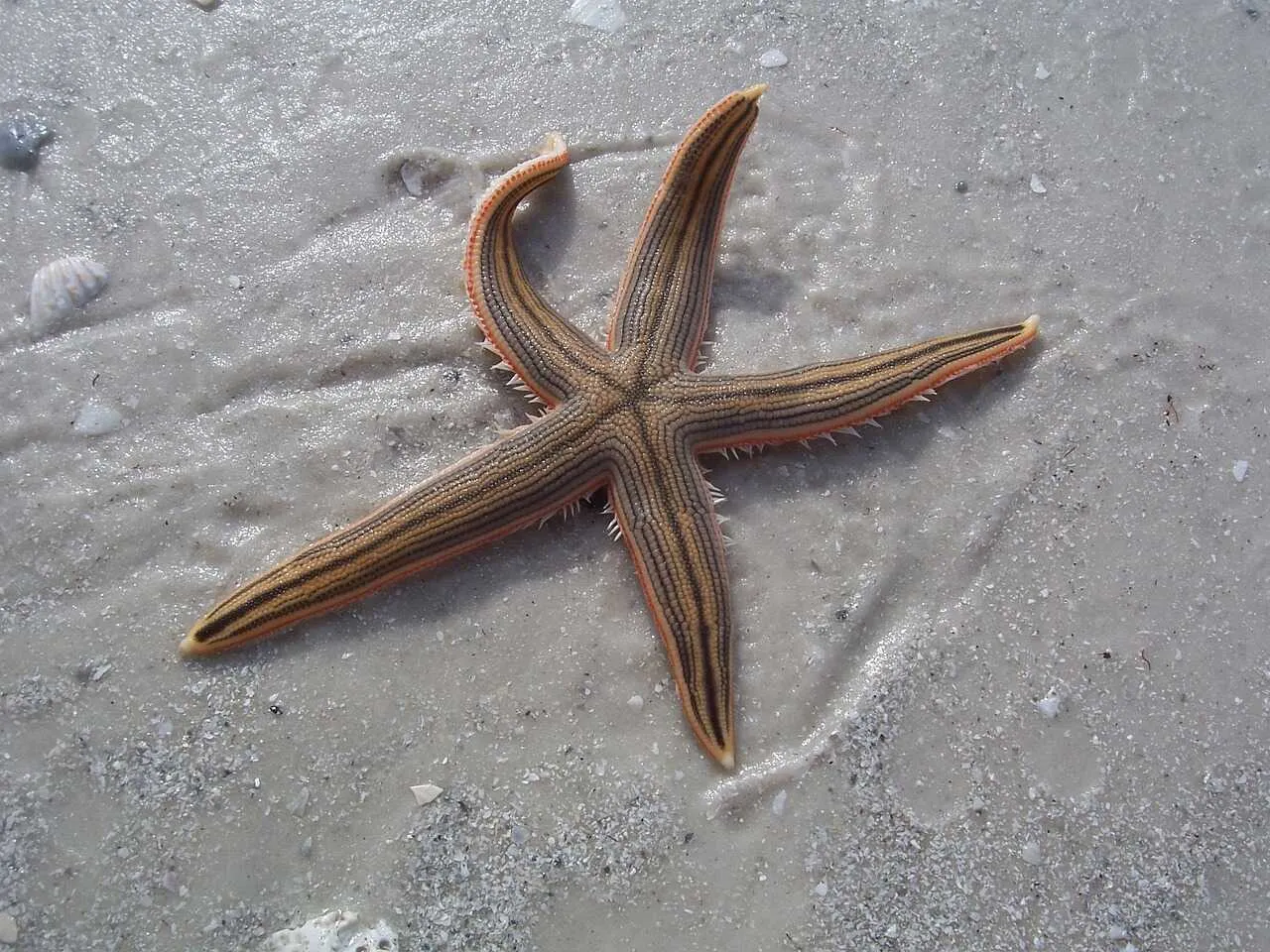
・Manju Starfish ・Blue Starfish ・Slime Starfish ・Threaded Cushion Star ・Sunflower Star ・Common Starfish ・Maple Starfish ・Red Starfish ・Japanese Brittle Star ・Spiny Starfish ・Cushion Star ・Orange Starfish ・Yellow Starfish ・Banded Starfish ・Five Armed Starfish
Information
Congratulations! You are the first commenter!

Create Your Favorite List!
Starfish
Save the animals you love! Build your own list to quickly revisit your favorites later.

Would you like to leave a comment?
※Please note: This is for the purchase of rights to post comments within the article.
Find Your Favorites!
Our shop offers a unique and attractive selection of goods themed around various animals.
Starfish References

- ・海辺の生物観察図鑑 2008年5月6日発光 株式会社誠文堂新光社
- ・さかなクンと中村征夫の海のおさかな大百科⑥夜の海の生きものたち 2012年6月30日 株式会社新日本出版
- ・海辺の生物観察事典 2006年8月 初版1版発行 偕成社
- ・どうしてそうなった!?海の生き物② 海の形 2021年8月30日初版第1版発行 株式会社文一総合出版
- ・コトバンク
- ・Wikipedia
- ・Slow Surf Style
- ・広島ニュース 食べタインジャー
- ・海響館
- ・NATIONAL GEOGRAPHIC
- ・京都府HP
- ・ヒトデ
- ・スペースブログ
- ・トロピカ
- ・ホンシェルジュ
- ・SINN PURETE
- ・TSURINEWS
- ・e-情報.com
Starfish Introduction of media used

出典:https://pixabay.com/ja/photos/ヒトデ-ビーチ-砂-海-海洋-660717/

出典:https://unsplash.com/ja/写真/茶色のヒトデ-wHVoA1n8ciA

出典:https://www.pexels.com/ja-jp/photo/3098675/

出典:https://unsplash.com/ja/写真/茶色の砂の上の青いヒトデ-jft1jwELH0o

出典:https://unsplash.com/ja/写真/水に浮かぶ緑とオレンジ色の星の魚-c_0wRfu4xxo

出典:https://pixabay.com/ja/photos/ヒトデ-水中-スキューバ-海洋-241870/

出典:https://unsplash.com/ja/写真/青と白の小石に赤いヒトデ-Xidkr8Ta3PI

出典:https://unsplash.com/ja/写真/ヒトデのマクロ撮影-JdNixbsLwS8

出典:https://unsplash.com/ja/写真/ヒトデの接写-HMgtgolTyKM

出典:https://www.pexels.com/ja-jp/photo/2289411/

出典:https://unsplash.com/ja/写真/サンゴ礁の赤と白のヒトデ-_oTwHa68CHA

出典:https://www.pexels.com/ja-jp/photo/2540698/

出典:https://unsplash.com/ja/写真/黄色と青の星の魚-xTj9uJxJBXY

出典:https://pixabay.com/ja/photos/ヒトデ-スター-海-マリン-2064615/

Help Enrich Our Animalbook.jp with Your Media!
We are constantly looking to expand and enrich our Animalbook.jp with amazing photos and videos of animals. If you have any media that you'd like to share, please contribute and help us showcase the beauty and diversity of the animal kingdom. Your submissions will be credited and featured in our encyclopedia, reaching a wide audience of animal lovers.




